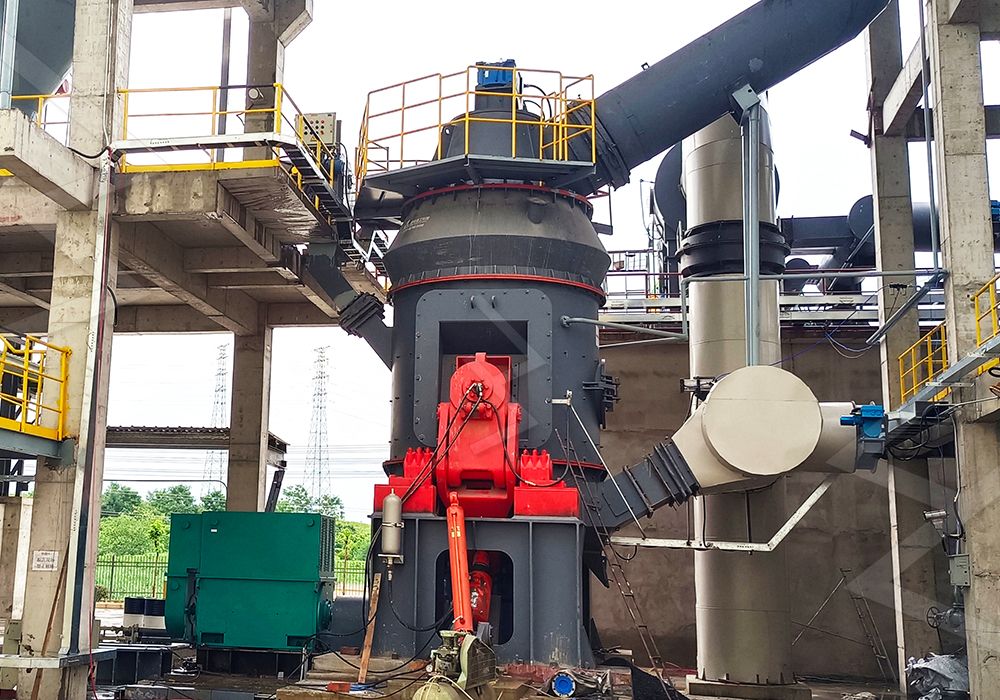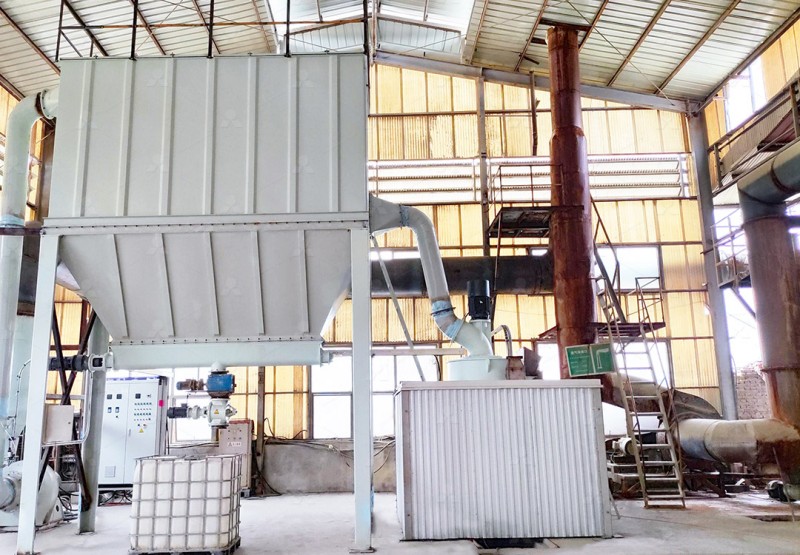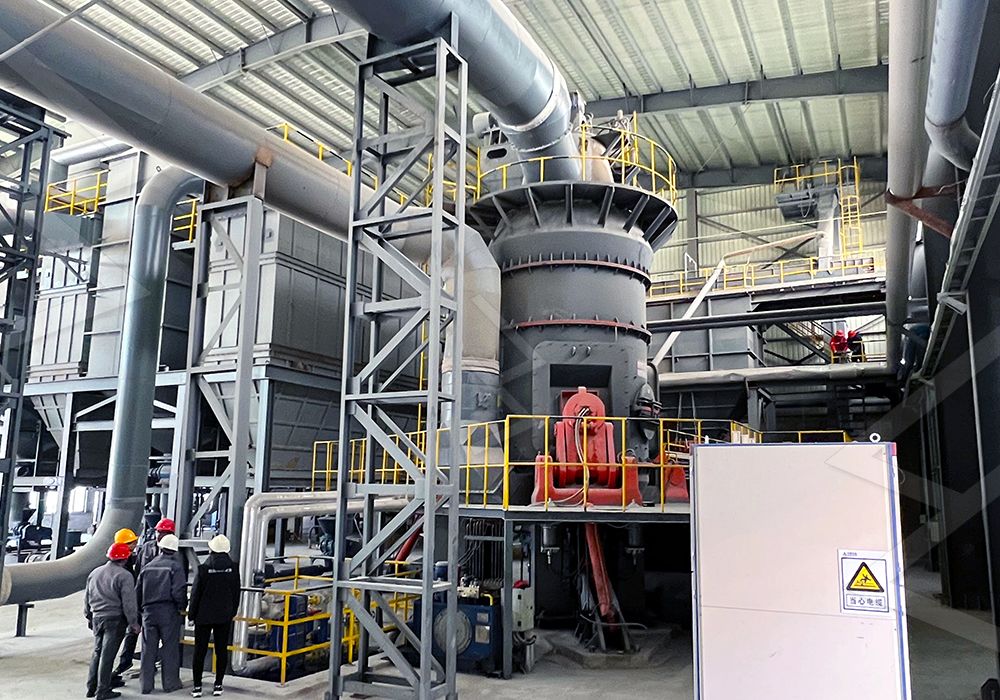Can Raymond Mill Grind Slag from Major Repairs?
Can Raymond Mill Grind Slag from Major Repairs?
This question frequently arises in industrial operations where slag byproducts require efficient processing. The straightforward answer is yes, but with significant limitations that demand careful consideration of your operational requirements and production goals.
Raymond Mill, as a first-generation grinding solution, can handle slag materials to a certain extent. With an input size capacity of <25 mm and throughput ranging from 0.6-5 tph, it serves as a basic grinding option for operations with modest production demands. The traditional grinding mechanism involving oscillating rollers pressing against rings can process slag into usable powder, making it suitable for some applications in construction and cement industries.

However, when dealing with slag from major repairs or industrial processes, several critical factors come into play. The abrasive nature of slag materials accelerates wear on traditional grinding components, leading to increased maintenance frequency and operational downtime. The limited capacity and efficiency of standard Raymond Mills may prove insufficient for operations requiring higher throughput or finer powder specifications.
Advanced Solutions for Modern Slag Processing
For operations seeking higher efficiency, reduced maintenance, and superior finished product quality, our MW Ultrafine Grinding Mill presents a technologically advanced alternative. Designed specifically for challenging materials, this equipment handles input sizes up to 20 mm with capacities ranging from 0.5-25 tph, providing substantial improvements over traditional Raymond Mills.
The MW Ultrafine Grinding Mill incorporates several innovative features that make it particularly suitable for slag processing. Its unique design eliminates rolling bearings and screws in the grinding chamber, preventing common failure points when processing abrasive materials like slag. The efficient pulse dust collector ensures environmentally compliant operation, while the adjustable fineness between 325-2500 meshes offers exceptional flexibility for various application requirements.

Another exceptional solution for slag processing is our LM Vertical Slag Mill, specifically engineered for industrial waste grinding. With capacity ranging from 7-100T/H and input size handling of 38-65mm, this specialized equipment integrates drying, grinding, powder selection, and conveying in a single system. The vertical structure reduces covered area by approximately 50% compared to ball milling systems, while energy consumption is significantly reduced by 30-40%.
Key Considerations for Slag Grinding Operations
When selecting equipment for slag processing, several factors warrant careful evaluation. The material’s abrasiveness directly impacts component wear and maintenance schedules. Production capacity requirements must align with your operational targets, while finished product specifications determine the necessary grinding precision.
Environmental considerations are equally important. Modern grinding solutions must address dust control and noise reduction to comply with increasingly stringent regulations. The MW Ultrafine Grinding Mill addresses these concerns through integrated pulse dust collection and noise elimination technologies, ensuring operations meet national environmental protection standards.

Operational efficiency extends beyond mere throughput numbers. The MW Ultrafine Grinding Mill’s higher yielding and lower energy consumption characteristics make it particularly valuable for continuous operations. With production capacity 40% higher than jet grinding mills and twice that of ball grinding mills at equivalent fineness and power, the economic advantages become substantial over time.
Frequently Asked Questions
Can Raymond Mill handle slag from steel plant operations?
Yes, but with limitations on throughput and efficiency. For high-volume steel slag processing, specialized equipment like the LM Vertical Slag Mill offers significantly better performance and lower operating costs.
What is the main advantage of MW Ultrafine Grinding Mill for slag processing?
The absence of rolling bearings and screws in the grinding chamber eliminates common failure points when processing abrasive slag materials, reducing maintenance requirements and increasing operational reliability.
How does the environmental performance compare between Raymond Mill and newer grinding solutions?
Modern mills like the MW Ultrafine Grinding Mill feature integrated pulse dust collectors and noise reduction technologies that far exceed the environmental capabilities of traditional Raymond Mills.
What capacity limitations should I consider when processing slag?
Raymond Mill typically handles 0.6-5 tph, while the MW Ultrafine Grinding Mill processes 0.5-25 tph, and the LM Vertical Slag Mill manages 7-100T/H, providing options for various production scales.
Is specialized training required to operate these advanced grinding mills?
While all our equipment features user-friendly designs, we provide comprehensive technical support and original spare parts to ensure worry-free operation regardless of your team’s experience level.
